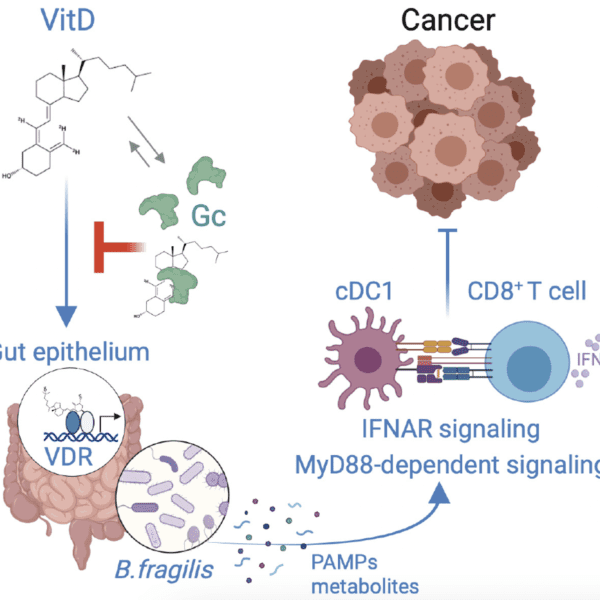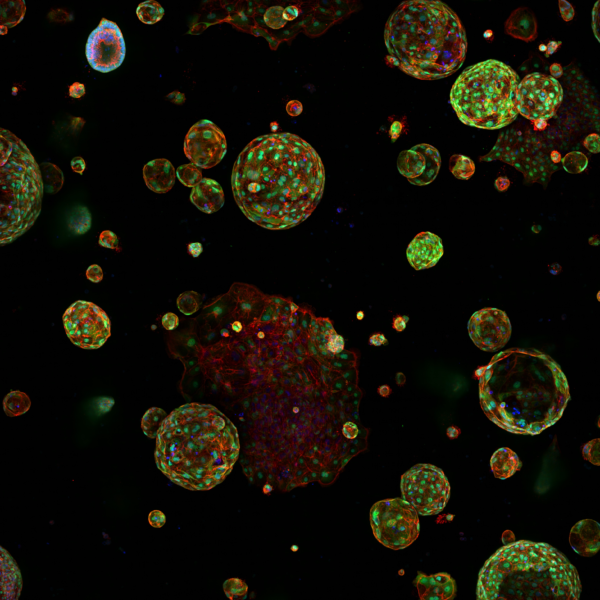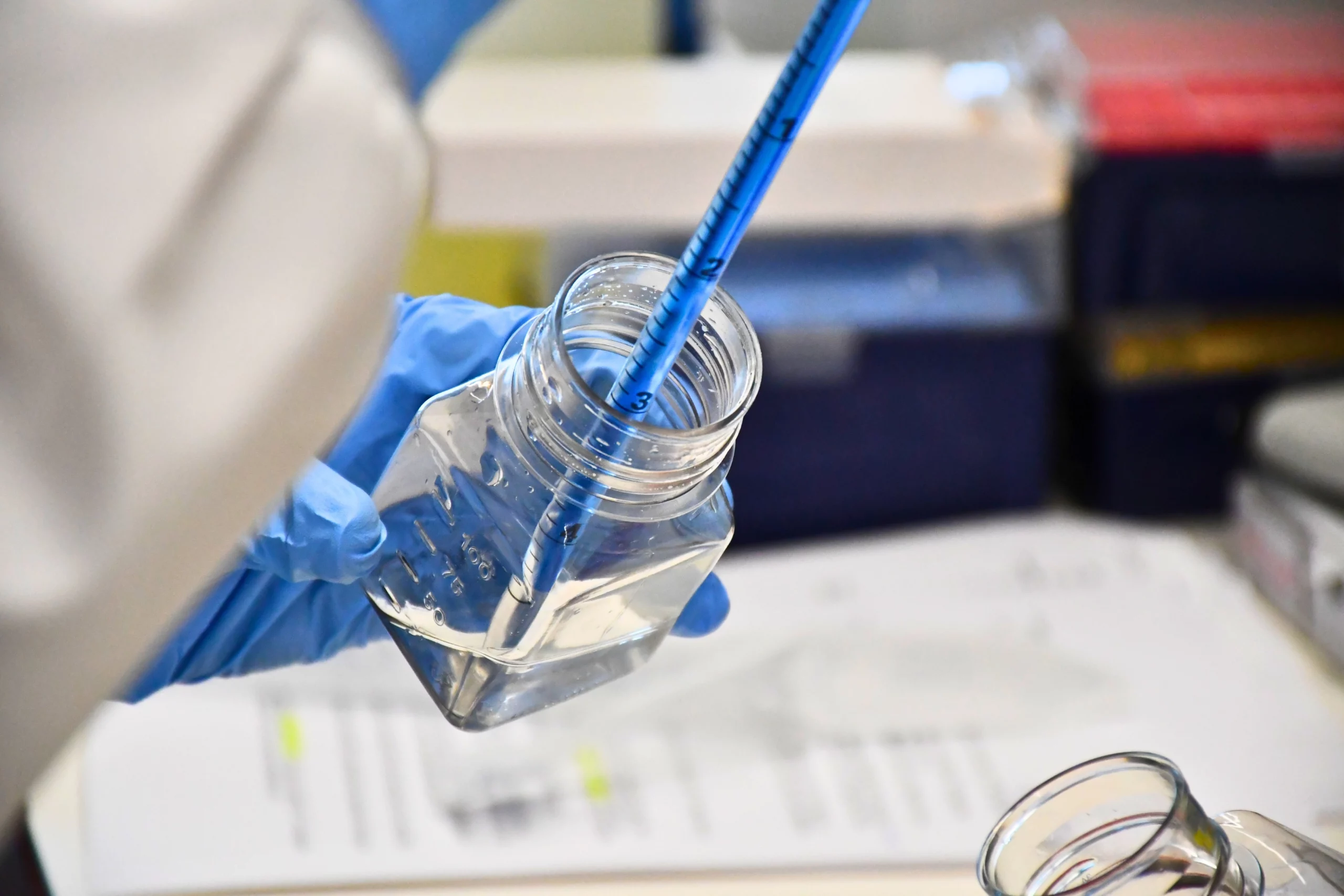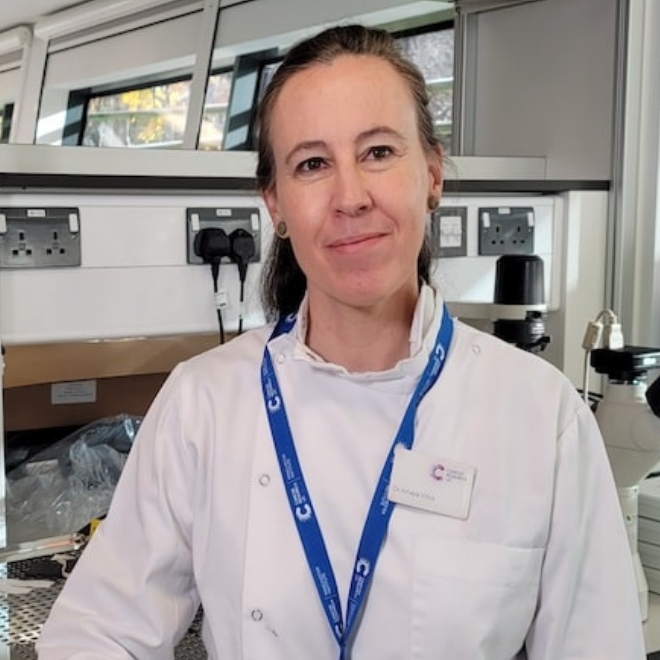Article highlights & insights
The rate of growth of primary melanoma is a robust predictor of aggressiveness, but the mutational profile of fast-growing melanomas (FGMM) and the potential to stratify patients at high risk of death has not been comprehensively studied.
In this observational study, the authors investigate the epidemiologic, clinical, and mutational profile of primary cutaneous melanomas with a thickness ≥ 1 mm, stratified by rate of growth.
Two hundred patients were enrolled, among wom 70 had FGMM. The relapse-free survival was lower in the FGMM group (P = .014). FGMM had a higher number of predicted deleterious mutations within the 40 genes than nonFGMM (P = .033). Ulceration (P = .032), thickness (P = .006), lower sun exposure (P = .049), and fibroblast growth factor receptor 2 (FGFR2) mutations (P = .037) were significantly associated with fast growth.
Authors conclude that fast growth is linked to specific tumour biology and environmental factors. Ulceration, thickness, and FGFR2 mutations are associated with fast growth. Screening for FGFR2 mutations might provide an additional tool to better identify FGMM, which are probably good candidates for adjuvant therapies.
The rate of growth of primary melanoma is a robust predictor of aggressiveness, but the mutational profile of fast-growing melanomas (FGMM) and the potential to stratify patients at high risk of death has not been comprehensively studied.
In this observational study, the authors investigate the epidemiologic, clinical, and mutational profile of primary cutaneous melanomas with a thickness ≥ 1 mm, stratified by rate of growth.
Two hundred patients were enrolled, among wom 70 had FGMM. The relapse-free survival was lower in the FGMM group (P = .014). FGMM had a higher number of predicted deleterious mutations within the 40 genes than nonFGMM (P = .033). Ulceration (P = .032), thickness (P = .006), lower sun exposure (P = .049), and fibroblast growth factor receptor 2 (FGFR2) mutations (P = .037) were significantly associated with fast growth.
Authors conclude that fast growth is linked to specific tumour biology and environmental factors. Ulceration, thickness, and FGFR2 mutations are associated with fast growth. Screening for FGFR2 mutations might provide an additional tool to better identify FGMM, which are probably good candidates for adjuvant therapies.
Institute Authors
Groups
Group leader
All publications
https://doi.org/10.1038/s41420-025-02582-x
Mutant p53 induces SH3BGRL expression to promote cell engulfment
1 July 2025
Institute Authors (5)
Garry Ashton, John Weightman, Wolfgang Breitwieser, Sudhakar Sahoo, Antonia Banyard
Labs & Facilities
Computational Biology Support, Flow Cytometry, Molecular Biology
1 July 2025
https://doi.org/10.1016/j.celrep.2025.115603
Functional characterisation of the ATOH1 molecular subtype indicates a pro-metastatic role in small cell lung cancer
27 May 2025
Institute Authors (2)
Caroline Dive, Kathryn Simpson
Research Group
Small Cell Lung Cancer Biology
27 May 2025
https://doi.org/10.1016/j.ccell.2025.04.001
Stromal lipid species dictate melanoma metastasis and tropism
24 April 2025
Institute Authors (5)
Amaya Viros, Duncan Smith, Garry Ashton, Alex Baker, Tim Somervaille
Labs & Facilities
Biological Mass Spectrometry, Histology, Visualisation, Irradiation and Analysis
Research Group
Skin Cancer & Ageing
24 April 2025
https://doi.org/10.1038/s41467-025-58343-y
A human model to deconvolve genotype-phenotype causations in lung squamous cell carcinoma
4 April 2025
Institute Authors (4)
Carlos Lopez-Garcia, Robert Sellers, Sudhakar Sahoo, Caroline Dive
Labs & Facilities
Computational Biology Support
Research Group
Translational Lung Cancer Biology
4 April 2025
https://doi.org/10.1186/s12943-024-02157-x
The PI3K-AKT-mTOR axis persists as a therapeutic dependency in KRASG12D-driven non-small cell lung cancer
12 November 2024
Institute Authors (1)
Amaya Viros
Labs & Facilities
Genome Editing and Mouse Models
Research Group
Skin Cancer & Ageing
12 November 2024
https://doi.org/10.1186/s13045-024-01610-0
The small inhibitor WM-1119 effectively targets KAT6A-rearranged AML, but not KMT2A-rearranged AML, despite shared KAT6 genetic dependency
8 October 2024
Institute Authors (6)
Georges Lacaud, Mathew Sheridan, Michael Lie-a-ling, Liam Clayfield, Jessica Whittle, Jingru Xu
Research Group
Stem Cell Biology
8 October 2024
Our Research
Our research spans the whole spectrum of cancer research from cell biology through to translational and clinical studies
Research Groups
Our research groups study many fundamental questions of cancer biology and treatment
Our Facilities
The Institute has outstanding core facilities that offer cutting edge instruments and tailored services from expert staff
Latest News & Updates
Find out all our latest news
Careers that have a lasting impact on cancer research and patient care
We are always on the lookout for talented and motivated people to join us. Whether your background is in biological or chemical sciences, mathematics or finance, computer science or logistics, use the links below to see roles across the Institute in our core facilities, operations teams, research groups, and studentships within our exceptional graduate programme.

